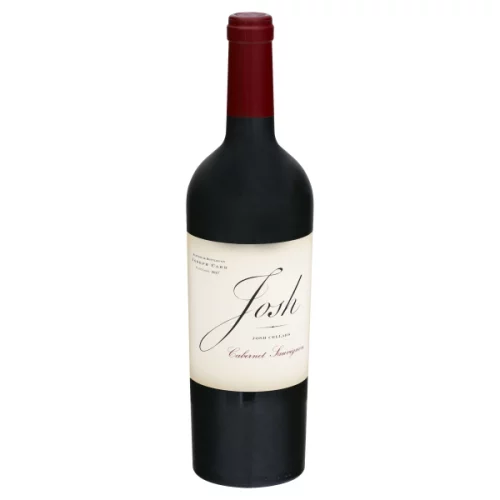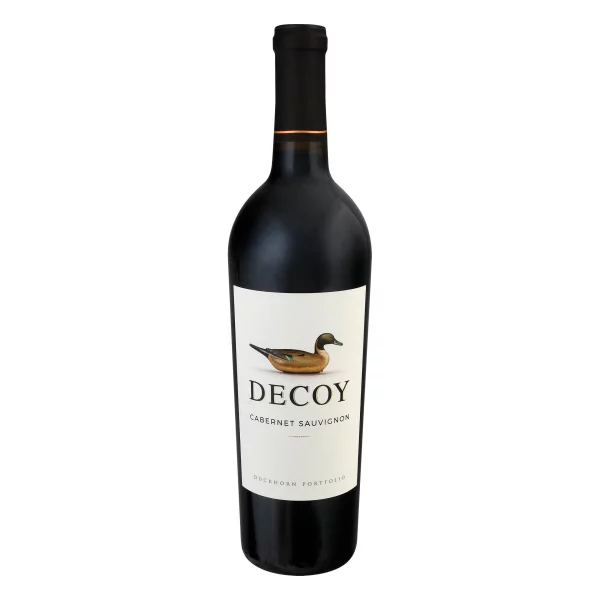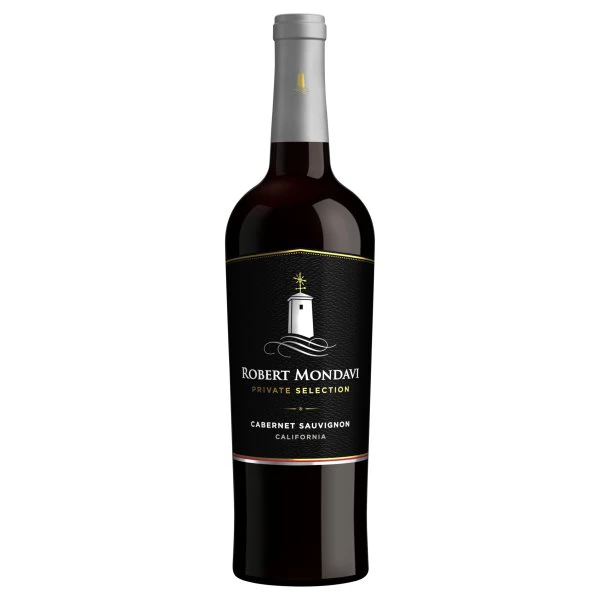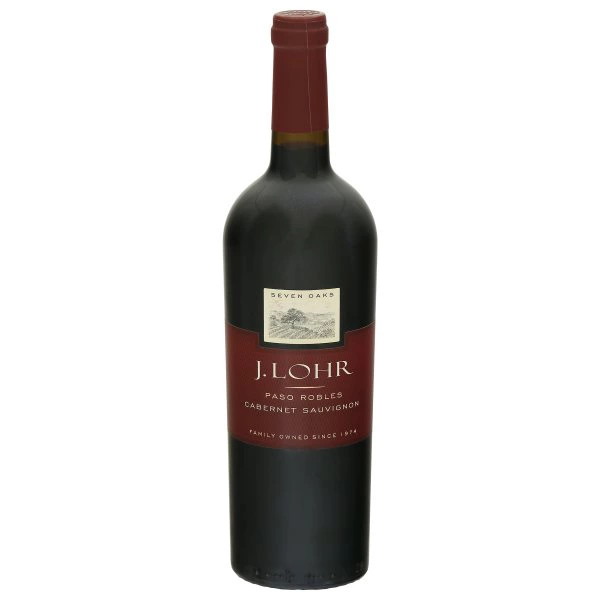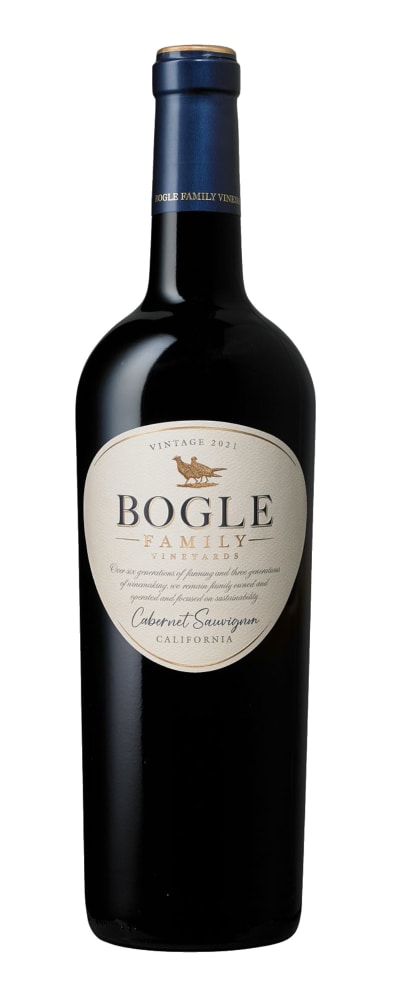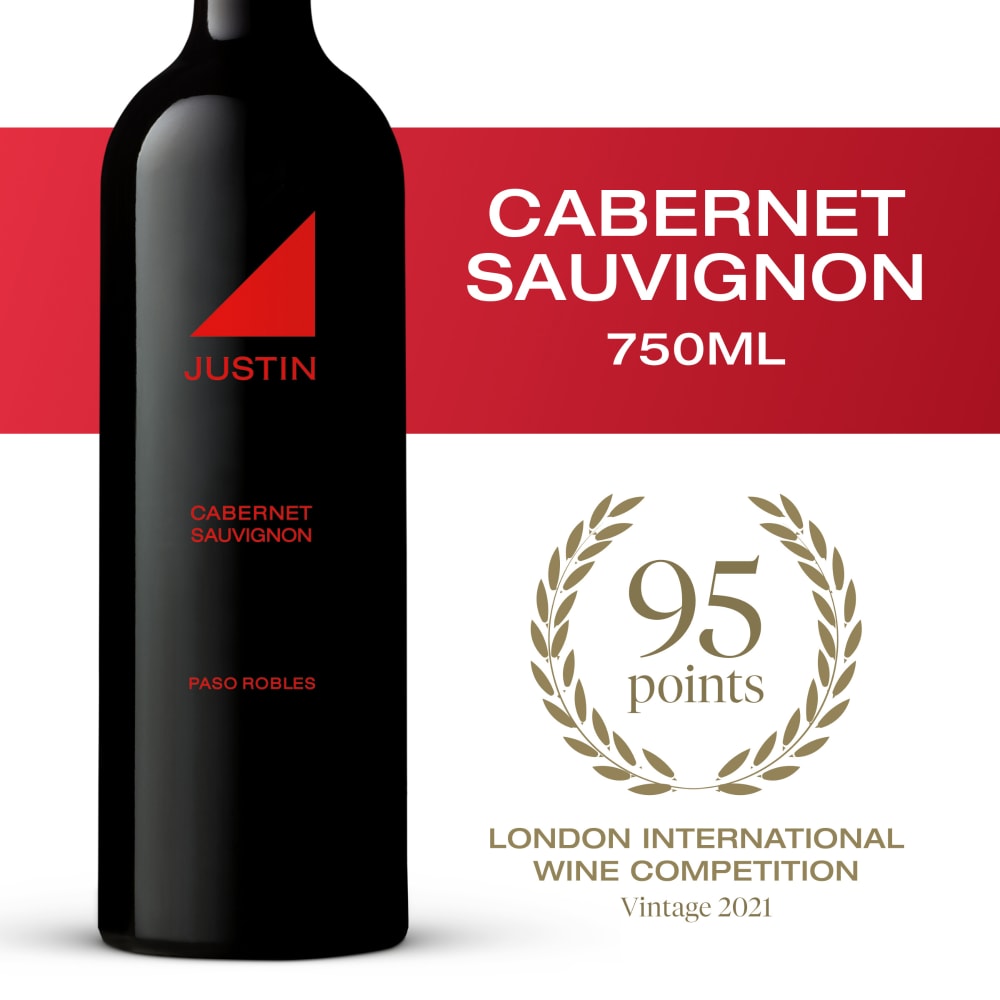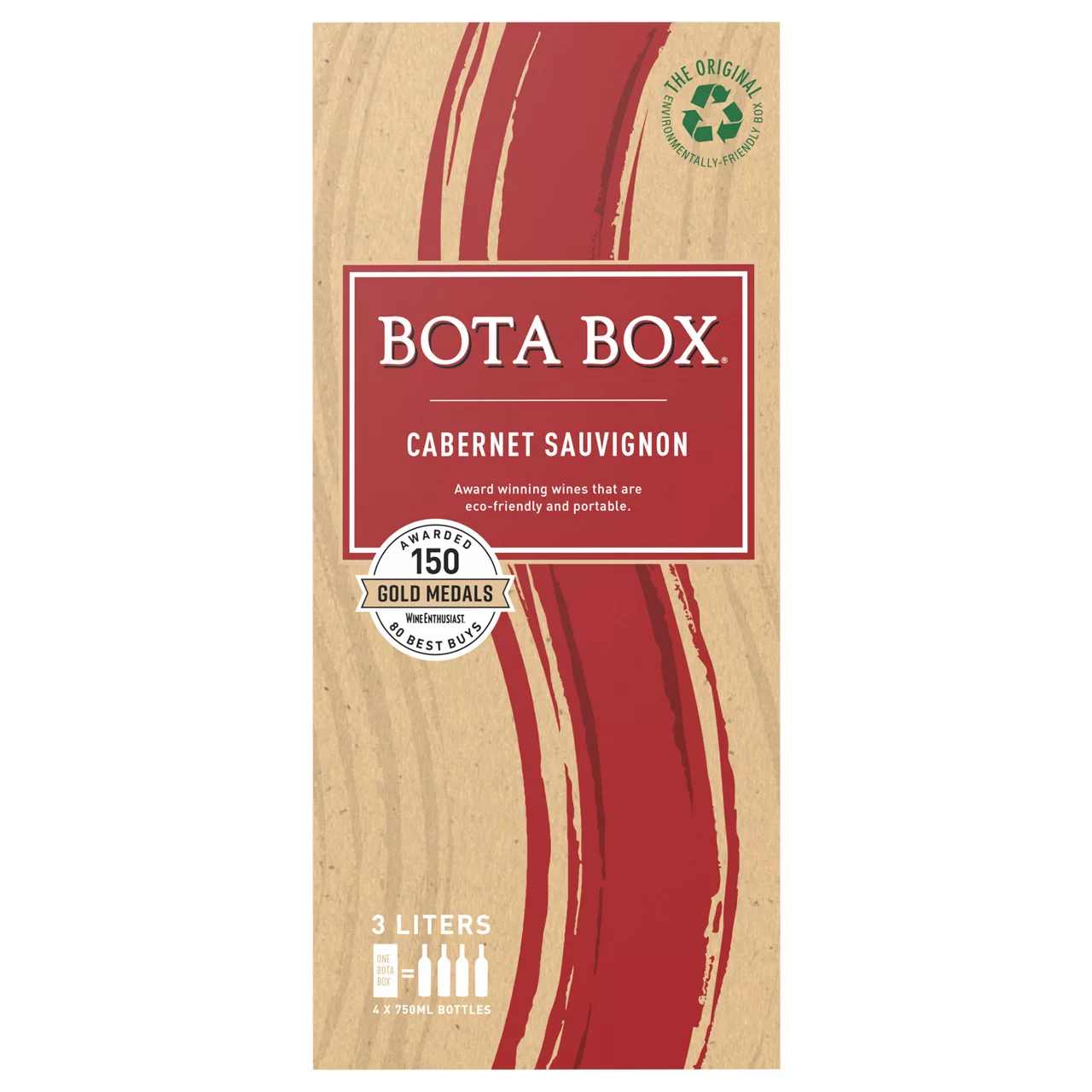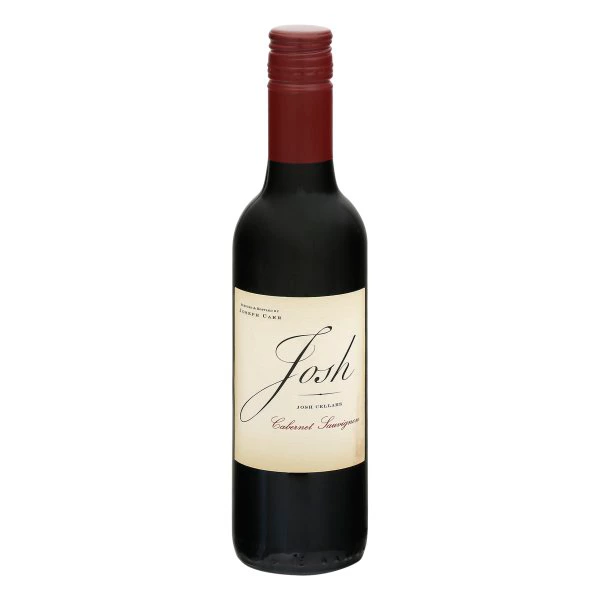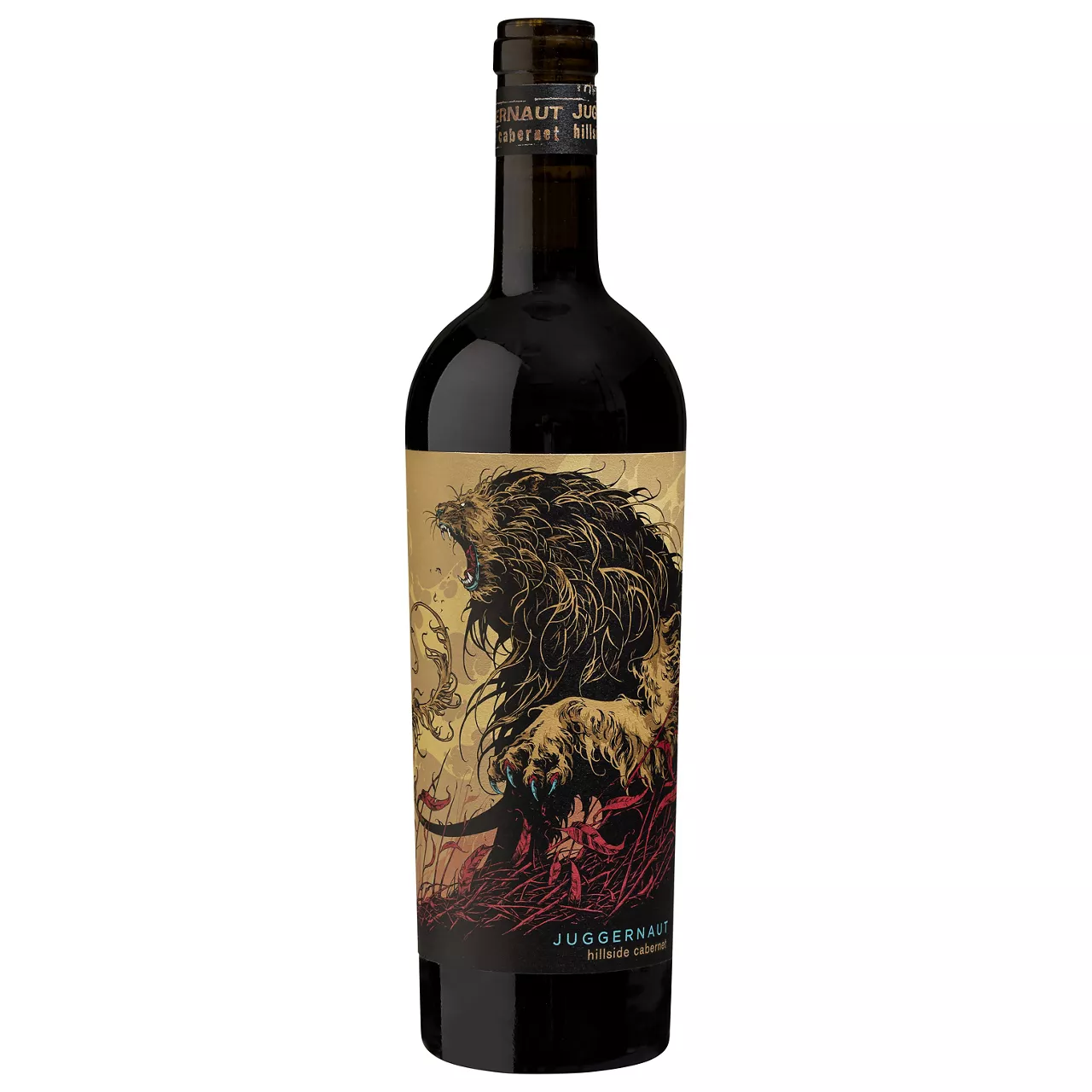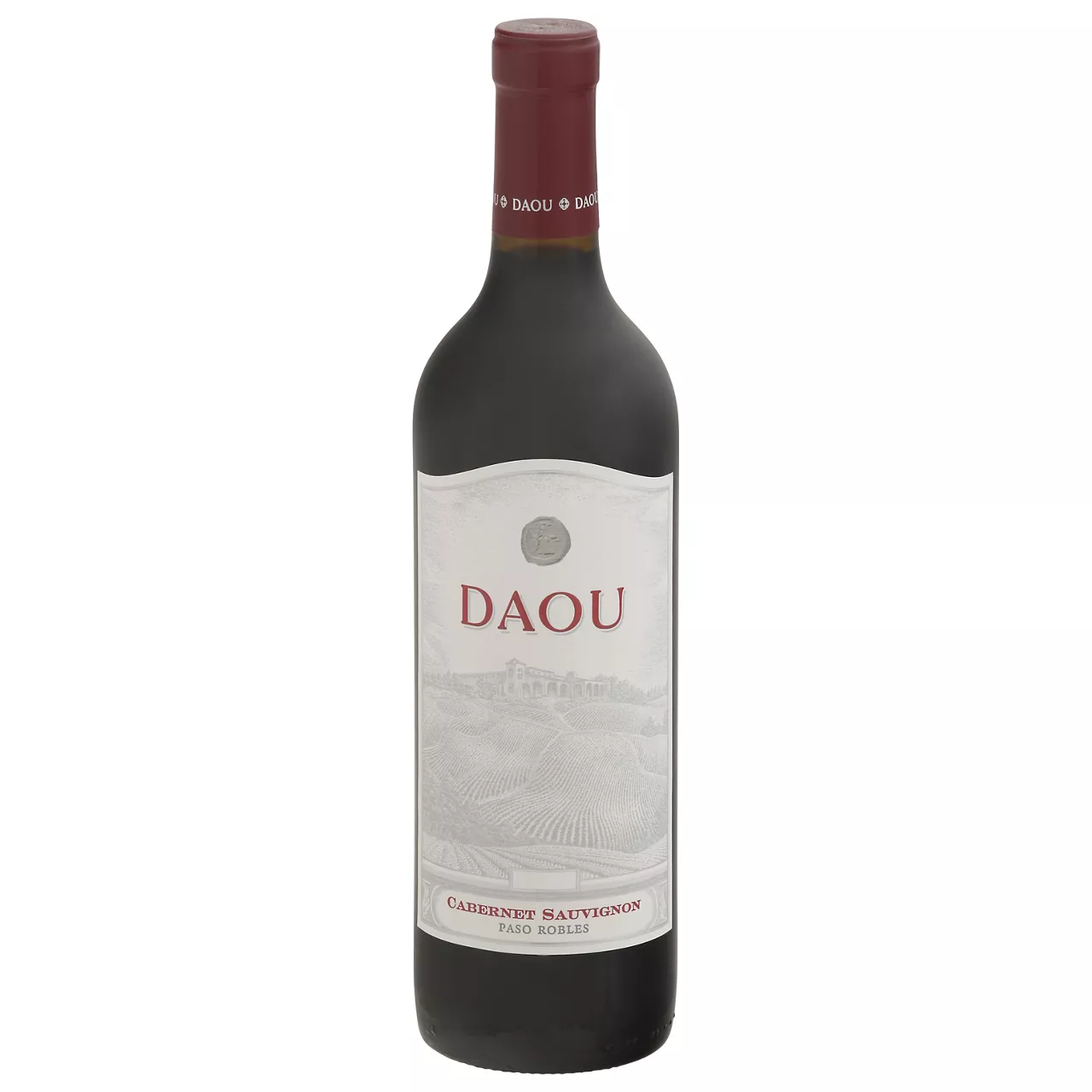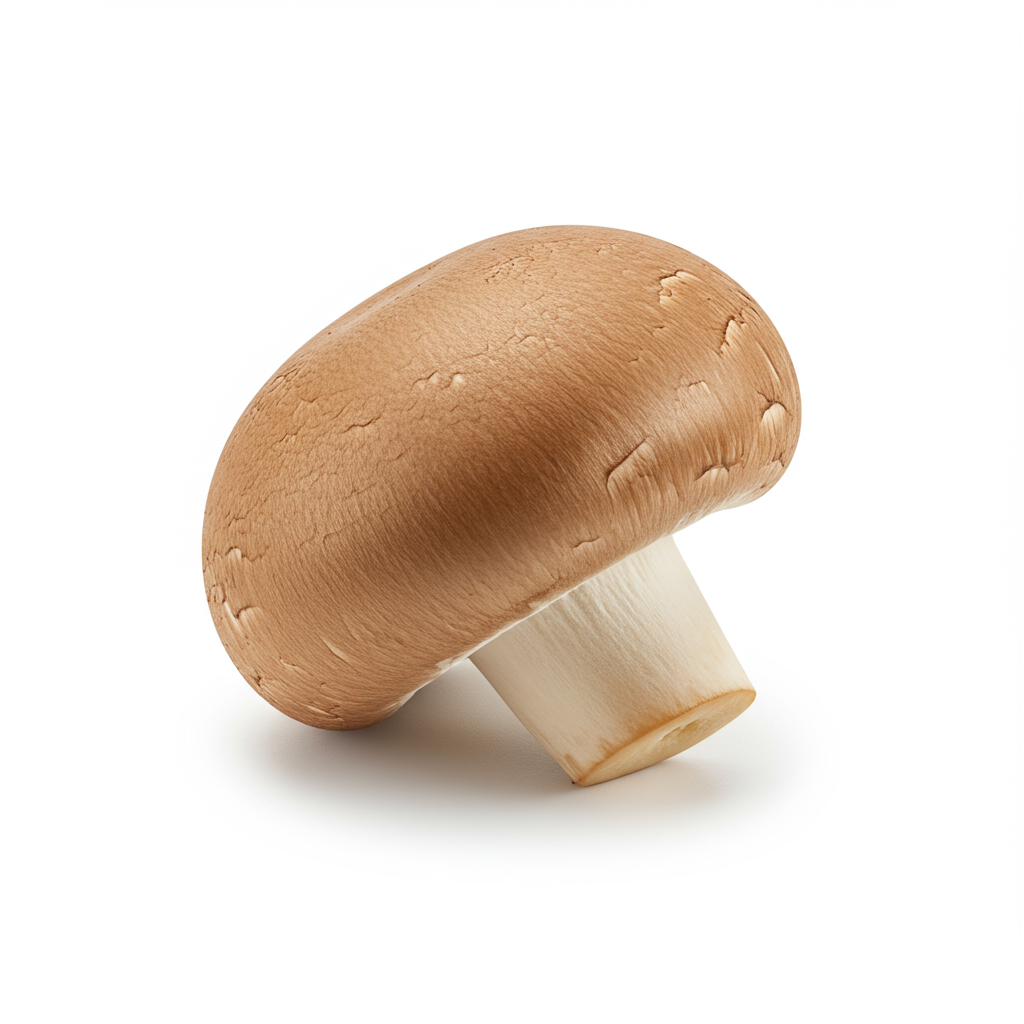BEVERAGES
MAIN DISHES
COCKTAILS
Cabernet Sauvignon Red Wine
Cabernet Sauvignon is a full-bodied red wine, originating from the Bordeaux region of France. It is one of the most popular and widely recognized wine varieties globally. This red wine grape is the result of a cross between Cabernet Franc and Sauvignon Blanc grapes. The notable traits of Cabernet Sauvignon wines are their rich flavors, high tannins, and moderate acidity, making them age-worthy and a favorite for collectors.
When it comes to pairing, Cabernet Sauvignon complements dishes with rich, bold flavors, particularly red meats like steaks and lamb. Additionally, the wine's high tannin content and structure help cut through the fattiness of these dishes and balance the dining experience. South American or Italian inspired tomato-based sauces also work well with a glass of Cabernet Sauvignon.
97%
CARBS
0%
FAT
3%
PROTEIN
4,484 Cabernet Sauvignon Red Wine Products
Josh Cellars Cabernet Sauvignon
Duckhorn Decoy Cabernet Sauvignon
Robert Mondavi Private Selection Cabernet Sauvignon Red Wine
J. Lohr Estates Seven Oaks Cabernet Sauvignon
Bogle Vineyards Cabernet Sauvignon Red Wine
Justin Cabernet Sauvignon California Red Wine
Bota Box Cabernet Sauvignon
Josh Cellars Cabernet Sauvignon
Juggernaut Hillside Cabernet Sauvignon
Daou Cabernet Sauvignon
Used In 43 Recipes
German-style Savory Beef Rouladen
3
Savory German Beef Roll-ups
3
Red Wine Glazed Lamb Loin Chops
3
Savory French Beef Stew
1
Hearty French Onion Soup
2
Red Wine-Braised Short Ribs with Mushrooms
3
Hearty Slow Cooker Beef Roast with Vegetables
1
Provencal-Style Stew with Red Wine
Cabernet Sauvignon Red Wine Is Frequently Used With
Cabernet Sauvignon Red Wine FAQ
Cooking with Cabernet Sauvignon red wine can be an interesting culinary adventure as it has a wide spectrum of flavors that can significantly enhance your dishes. However, there are some common mistakes and misconceptions, like thinking it's only good for drinking and not for cooking, or believing that cooking with low-quality wine works out the same. This isn't true as cooking with better quality wine can significantly enhance your dish's taste. Also remember not to overpower your food with Cabernet Sauvignon. The wine has a bold flavor that can compete with other ingredients if not used cautiously.
For maximum flavor, try reducing it on heat before incorporating it into your dish. This emphasizes the wine's richness and depth of flavor without the alcohol. Also, when a recipe calls for cooking wine, you can usually substitute it with Cabernet Sauvignon. Just remember to use less as Cabernet is more potent than cooking wine.
Can I use Cabernet Sauvignon for cooking?
Does it matter if I cook with a cheap Cabernet Sauvignon?
Can I use Cabernet Sauvignon instead of cooking wine?
Can Cabernet Sauvignon replace dry red wine in recipes?
What kind of dishes can benefit from Cabernet Sauvignon?
I heard about reducing wine before cooking. What does it mean?
Can I use a leftover Cabernet Sauvignon for cooking?
What makes Cabernet Sauvignon different from other red wines?
How much Cabernet Sauvignon should I use when cooking?
I don't drink alcohol. Can I still use Cabernet Sauvignon for cooking?
Expiration & Storage Tips
When does cabernet sauvignon red wine expire?
A sealed bottle of Cabernet Sauvignon Red Wine can actually last indefinitely if stored in right conditions. But, to enjoy it at its best quality, it's usually recommended to consume within 3-5 years of purchase. Once opened, a bottle of Red Wine should really be enjoyed within 2-3 days. Storing it in the fridge after opening can extend this to about a week. For homemade wines, these time frames may be shorter since there are more variables involved. As for frozen cabernet sauvignon, this isn't a common practice in households. However, wine can be frozen for cooking purposes and should be used within 3 months.
How do you tell if cabernet sauvignon red wine is bad?
To identify if your Cabernet Sauvignon has gone off, start with the visual check: the color of the wine might turn a shade of brown. This is an early sign of oxidization and a clue that your wine's longevity is compromised. Next, give it a good sniff. Smells that give off a musty, moldy, or vinegar-like aroma imply that the wine has started to spoil. Tasting a wine that seems either flat or sour is the final confirmation that it has likely gone bad.
Tips for storing cabernet sauvignon red wine to extend shelf life
• Always store unopened bottles of red wine in a cool, dark, and dry place with a constant temperature, ideally between 10 to 15 degrees Celsius (50 to 59 degrees Fahrenheit).
• Horizontal is the best position to store wine. It keeps the cork moist and prevents it from drying out and shrinking, which could let air in and spoil the wine.
• After opening, re-cork the bottle tightly or use a wine stopper to minimize the wine's exposure to air, and store it in the fridge to extend its life span.
• Avoid storing wine near strong light or heat sources, such as ovens or windows, since these can speed up the wine's aging process and degrade its quality.
EXPIRES WITHIN
27 - 27.4
YEARS
Substitutes

Petite Sirah Red Wine

Malbec Red Wine

Merlot Red Wine

Zinfandel Red Wine

Burgundy Red Wine

Pinotage Red Wine

Red Blend Wine

Sangiovese Red Wine

Tuscan Red Wine

Valpolicella Red Wine
See All
Health Info
Macros
3g
CARBS
0g
FAT
0g
PROTEIN
Allowed on these diets
LOW FAT
HIGH CALCIUM
VEGETARIAN
KETO
PALEO
MEDITERRANEAN
LOW CARB
VEGAN
LACTOSE FREE
GLUTEN FREE

